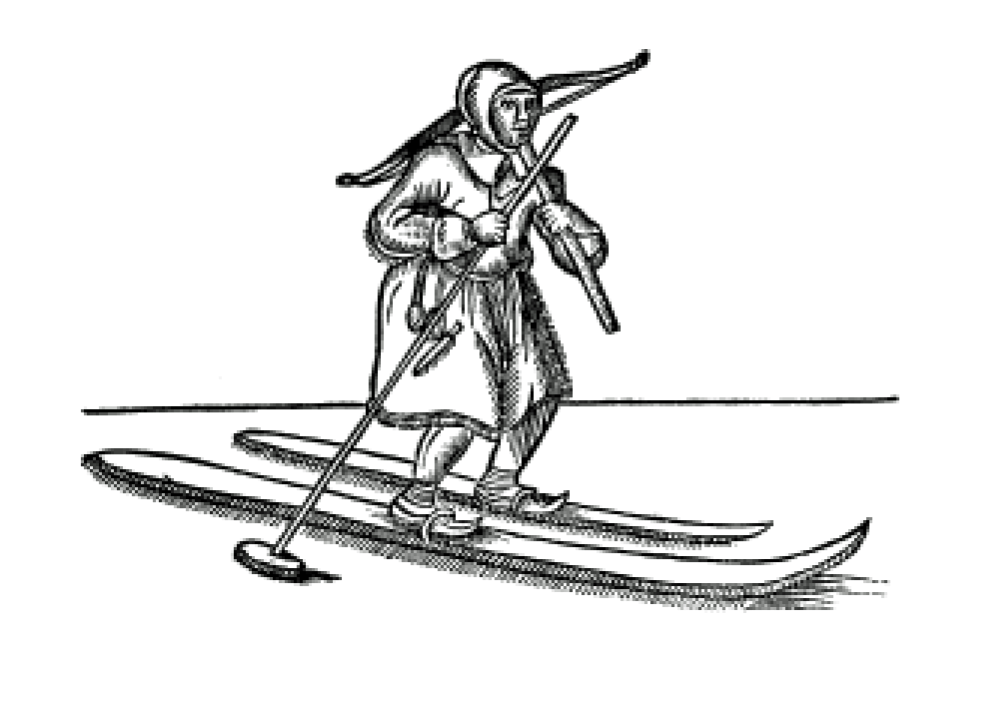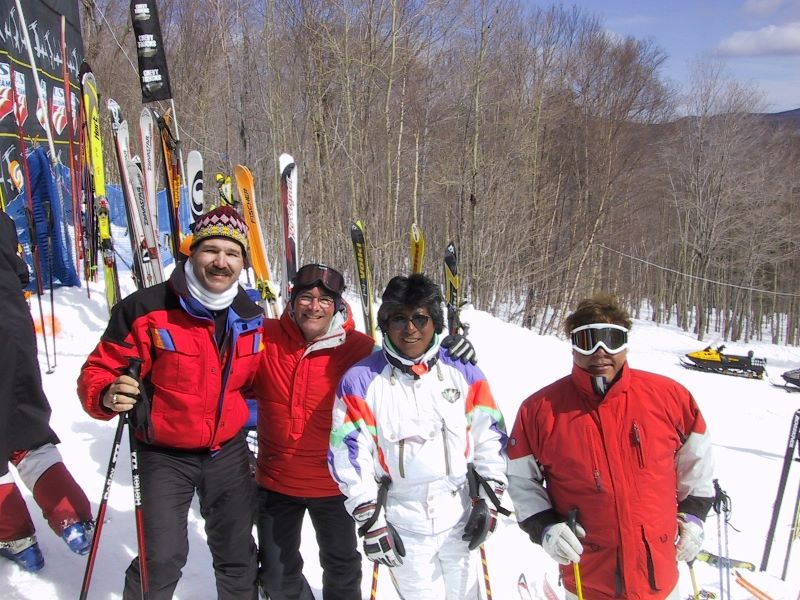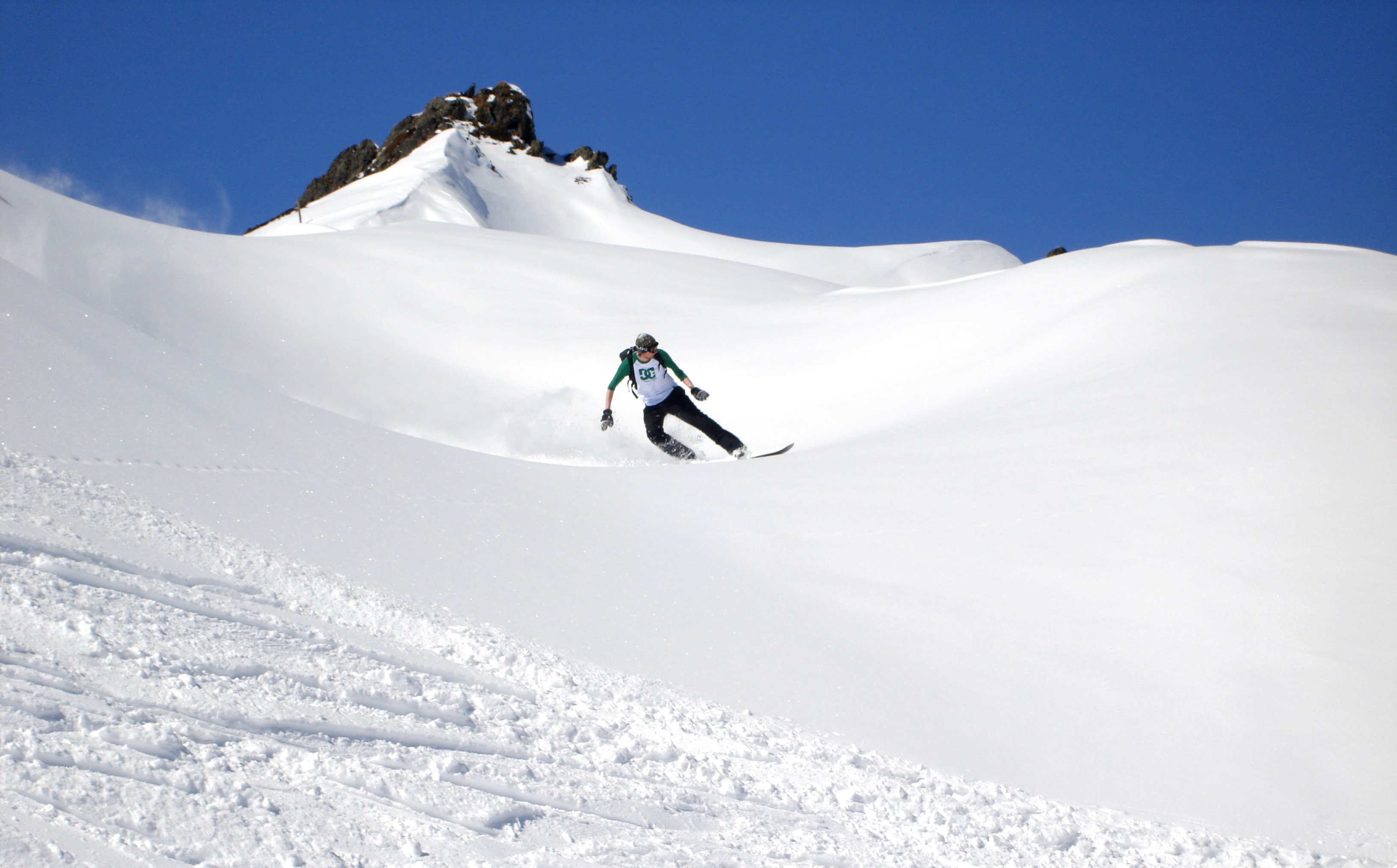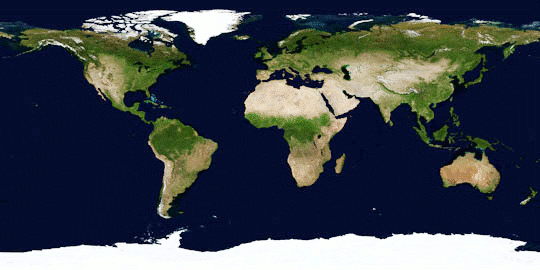|
Estonian Ski Association
Estonian Ski Association (abbreviation ESA; ) is one of the sport governing bodies in Estonia which deals with skiing (including alpine, cross-country, nordic combined, freestyle and jumping, snowboarding). Independent sport governing body is Estonian Biathlon Union Estonian Biathlon Union (abbreviation EBU; ) is one of the sport governing bodies in Estonia which deals with biathlon. EBU is established on 11 November 1992. EBU is a member of International Biathlon Union The International Biathlon Unio .... ESA is a successor of ''Estonian Winter Sport Association'' () which was established on 28 November 1921. References External links * {{National members of the International Ski and Snowboard Federation Sports governing bodies in Estonia Winter sports in Estonia Sports organizations established in 1921 National members of the International Ski and Snowboard Federation ... [...More Info...] [...Related Items...] OR: [Wikipedia] [Google] [Baidu] |
Estonia
Estonia, formally the Republic of Estonia, is a country by the Baltic Sea in Northern Europe. It is bordered to the north by the Gulf of Finland across from Finland, to the west by the sea across from Sweden, to the south by Latvia, and to the east by Lake Peipus and Russia. The territory of Estonia consists of the mainland, the larger islands of Saaremaa and Hiiumaa, and over 2,200 other islands and islets on the eastern coast of the Baltic Sea, covering a total area of . The capital city Tallinn and Tartu are the two largest urban areas of the country. The Estonian language is the autochthonous and the official language of Estonia; it is the first language of the majority of its population, as well as the world's second most spoken Finnic language. The land of what is now modern Estonia has been inhabited by '' Homo sapiens'' since at least 9,000 BC. The medieval indigenous population of Estonia was one of the last "pagan" civilisations in Europe to adop ... [...More Info...] [...Related Items...] OR: [Wikipedia] [Google] [Baidu] |
Skiing
Skiing is the use of skis to glide on snow. Variations of purpose include basic transport, a recreational activity, or a competitive winter sport. Many types of competitive skiing events are recognized by the International Olympic Committee (IOC), and the International Ski Federation (FIS). History Skiing has a history of almost five millennia. Although modern skiing has evolved from beginnings in Scandinavia, it may have been practiced more than 100 centuries ago in what is now China, according to an interpretation of ancient paintings. However, this continues to be debated. The word "ski" comes from the Old Norse word "skíð" which means to "split piece of wood or firewood". Asymmetrical skis were used in northern Finland and Sweden until at least the late 19th century. On one foot, the skier wore a long straight non-arching ski for sliding, and a shorter ski was worn on the other foot for kicking. The underside of the short ski was either plain or covered with ani ... [...More Info...] [...Related Items...] OR: [Wikipedia] [Google] [Baidu] |
Alpine Skiing
Alpine skiing, or downhill skiing, is the pastime of sliding down snow-covered slopes on skis with fixed-heel bindings, unlike other types of skiing ( cross-country, Telemark, or ski jumping), which use skis with free-heel bindings. Whether for recreation or for sport, it is typically practiced at ski resorts, which provide such services as ski lifts, artificial snow making, snow grooming, restaurants, and ski patrol. " Off-piste" skiers—those skiing outside ski area boundaries—may employ snowmobiles, helicopters or snowcats to deliver them to the top of a slope. Back-country skiers may use specialized equipment with a free-heel mode, including 'sticky' skins on the bottoms of the skis to stop them sliding backwards during an ascent, then locking the heel and removing the skins for their descent. Alpine skiing has been an event at the Winter Olympic Games since 1936. A competition corresponding to modern slalom was introduced in Oslo in 1886. Participants an ... [...More Info...] [...Related Items...] OR: [Wikipedia] [Google] [Baidu] |
Cross-country Skiing
Cross-country skiing is a form of skiing where skiers rely on their own locomotion to move across snow-covered terrain, rather than using ski lifts or other forms of assistance. Cross-country skiing is widely practiced as a sport and recreational activity; however, some still use it as a means of transportation. Variants of cross-country skiing are adapted to a range of terrain which spans unimproved, sometimes mountainous terrain to groomed courses that are specifically designed for the sport. Modern cross-country skiing is similar to the original form of skiing, from which all skiing disciplines evolved, including alpine skiing, ski jumping and Telemark skiing. Skiers propel themselves either by striding forward (classic style) or side-to-side in a skating motion (skate skiing), aided by arms pushing on ski poles against the snow. It is practised in regions with snow-covered landscapes, including Europe, Canada, Russia, the United States, Australia and New Zealand. Compe ... [...More Info...] [...Related Items...] OR: [Wikipedia] [Google] [Baidu] |
Nordic Combined
Nordic combined is a winter sport in which athletes compete in cross-country skiing and ski jumping. The Nordic combined at the Winter Olympics has been held since the first ever Winter Olympics in 1924, while the FIS Nordic Combined World Cup has been held since 1983. Many Nordic combined competitions use the Gundersen method, where placement in the ski jumping segment results in time (dis)advantages added to the contestant's total in the cross-country skiing segment (e.g. the ski jumping winner starts the cross-country skiing race at 00:00:00 while the one with the lowest jumping score starts with the longest time penalty). History The first major competition was held in 1892 in Oslo at the first Holmenkollen ski jump. King Olav V of Norway was an able jumper and competed in the Holmenkollen Ski Festival in the 1920s. Nordic combined was in the 1924 Winter Olympics and has been on the program ever since. Until the 1950s, the cross-country race was held first, followed by th ... [...More Info...] [...Related Items...] OR: [Wikipedia] [Google] [Baidu] |
Freestyle Skiing
Freestyle skiing is a skiing discipline comprising aerials, moguls, cross, half-pipe, slopestyle and big air as part of the Winter Olympics. It can consist of a skier performing aerial flips and spins and can include skiers sliding rails and boxes on their skis. Known as "hot-dogging" in the early 1970s, it is also commonly referred to as freeskiing, jibbing, as well as many other names, around the world. History Ski acrobatics have been practiced since the 1930s. Aerial skiing was popularized in the 1950s by Olympic gold medalist Stein Eriksen. Early US competitions were held in the mid-1960s. In 1969, Waterville Valley Ski Area in New Hampshire, formed the first freestyle instruction program, making the resort the birthplace of freestyle skiing. The following year, Corcoran and Doug Pfeiffer, organized the first National Open Championships of Freestyle Skiing on the Sunnyside trails. In 1971, Waterville Valley Hosted the first Professional Freestyle Skiing Competitio ... [...More Info...] [...Related Items...] OR: [Wikipedia] [Google] [Baidu] |
Snowboarding
Snowboarding is a recreational and competitive activity that involves descending a snow-covered surface while standing on a snowboard that is almost always attached to a rider's feet. It features in the Winter Olympic Games and Winter Paralympic Games. Snowboarding was developed in the United States, inspired by skateboarding, sledding, surfing, and skiing. It became popular around the globe, and was introduced as a Winter Olympic Sport at Nagano in 1998 and featured in the Winter Paralympics at Sochi in 2014. , its popularity (as measured by equipment sales) in the United States peaked in 2007 and has been in a decline since. History The first snowboards were developed in 1965 when Sherman Poppen, an engineer in Muskegon, Michigan, invented a toy for his daughters by fastening two skis together and attaching a rope to one end so he would have some control as they stood on the board and glided downhill. Dubbed the " snurfer" (combining snow and surfer) by his wife Nanc ... [...More Info...] [...Related Items...] OR: [Wikipedia] [Google] [Baidu] |
Estonian Biathlon Union
Estonian Biathlon Union (abbreviation EBU; ) is one of the sport governing bodies in Estonia which deals with biathlon. EBU is established on 11 November 1992. EBU is a member of International Biathlon Union The International Biathlon Union (IBU; german: Internationale Biathlon-Union) is the international governing body of biathlon. Its headquarters were in Salzburg, Austria, until May 2020, when the Federation moved to Anif, on the outskirts of the .... References External links * Sports governing bodies in Estonia Biathlon in Estonia National members of the International Biathlon Union Sports organizations established in 1992 {{sport-org-stub ... [...More Info...] [...Related Items...] OR: [Wikipedia] [Google] [Baidu] |
Sports Governing Bodies In Estonia
Sport pertains to any form of competitive physical activity or game that aims to use, maintain, or improve physical ability and skills while providing enjoyment to participants and, in some cases, entertainment to spectators. Sports can, through casual or organized participation, improve participants' physical health. Hundreds of sports exist, from those between single contestants, through to those with hundreds of simultaneous participants, either in teams or competing as individuals. In certain sports such as racing, many contestants may compete, simultaneously or consecutively, with one winner; in others, the contest (a ''match'') is between two sides, each attempting to exceed the other. Some sports allow a "tie" or "draw", in which there is no single winner; others provide tie-breaking methods to ensure one winner and one loser. A number of contests may be arranged in a tournament producing a champion. Many sports leagues make an annual champion by arranging games in a ... [...More Info...] [...Related Items...] OR: [Wikipedia] [Google] [Baidu] |
Winter Sports In Estonia
Winter is the coldest season of the year in polar and temperate climates. It occurs after autumn and before spring. The tilt of Earth's axis causes seasons; winter occurs when a hemisphere is oriented away from the Sun. Different cultures define different dates as the start of winter, and some use a definition based on weather. When it is winter in the Northern Hemisphere, it is summer in the Southern Hemisphere, and vice versa. In many regions, winter brings snow and freezing temperatures. The moment of winter solstice is when the Sun's elevation with respect to the North or South Pole is at its most negative value; that is, the Sun is at its farthest below the horizon as measured from the pole. The day on which this occurs has the shortest day and the longest night, with day length increasing and night length decreasing as the season progresses after the solstice. The earliest sunset and latest sunrise dates outside the polar regions differ from the date of the ... [...More Info...] [...Related Items...] OR: [Wikipedia] [Google] [Baidu] |
Sports Organizations Established In 1921
Sport pertains to any form of competitive physical activity or game that aims to use, maintain, or improve physical ability and skills while providing enjoyment to participants and, in some cases, entertainment to spectators. Sports can, through casual or organized participation, improve participants' physical health. Hundreds of sports exist, from those between single contestants, through to those with hundreds of simultaneous participants, either in teams or competing as individuals. In certain sports such as racing, many contestants may compete, simultaneously or consecutively, with one winner; in others, the contest (a ''match'') is between two sides, each attempting to exceed the other. Some sports allow a "tie" or "draw", in which there is no single winner; others provide tie-breaking methods to ensure one winner and one loser. A number of contests may be arranged in a tournament producing a champion. Many sports leagues make an annual champion by arranging games in a ... [...More Info...] [...Related Items...] OR: [Wikipedia] [Google] [Baidu] |







